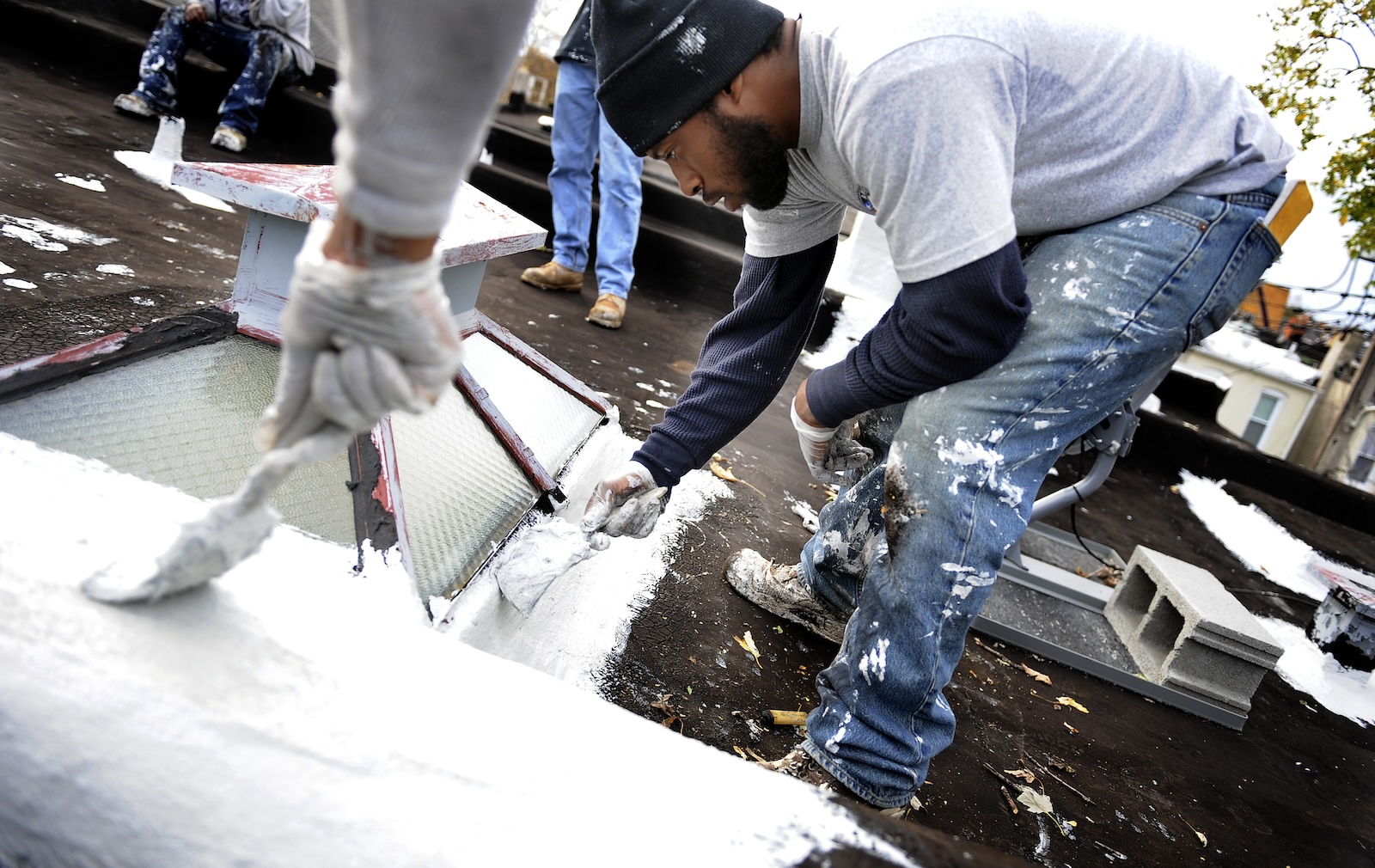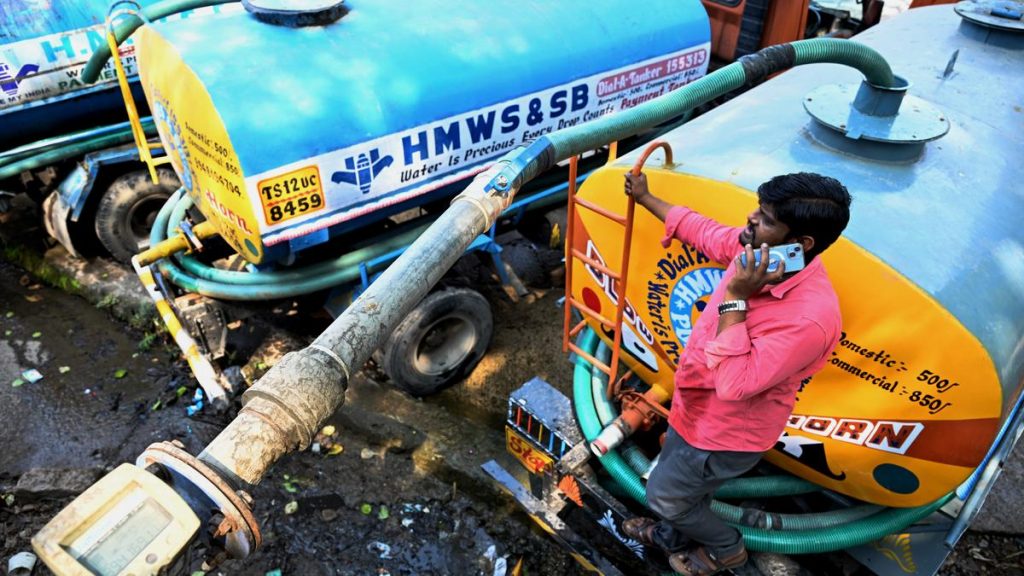Now Reading: Atlanta Adopts ‘Cool Roofs’ to Combat Urban Heat Effectively
-
01
Atlanta Adopts ‘Cool Roofs’ to Combat Urban Heat Effectively
Atlanta Adopts ‘Cool Roofs’ to Combat Urban Heat Effectively

Rapid Summary
- What Happened: Atlanta has mandated the use of reflective materials for new roofs in its building code to combat rising urban temperatures and the heat island effect.
- How it effectively works: Cool roofs employ lighter, reflective materials or coatings to reduce heat absorption, cooling homes and cities overall.
- benefits:
– Experts predict Atlanta’s ordinance could lower peak summer temperatures by 2.4°F citywide and up to 6.3°F in hotter neighborhoods.
– Energy savings of $310 million over 35 years due to reduced air-conditioning use.
– Longer roof lifespan as less thermal stress occurs from constant expansion and contraction due to heat.
- Urban heat Island Concerns: Urban environments trap more warmth due to asphalt/concrete buildings and lower vegetation cover; poorer areas are disproportionately affected with less tree shade, higher AC burdens, and heat-health risks during extended heat waves.
- National context: Cities like Chicago, Los Angeles, New York also have similar cool-roof ordinances alongside efforts like planting trees for additional cooling impacts.
For full details: Read More
Indian Opinion Analysis
Reflective construction strategies like cool roofs offer a cost-effective solution with diverse benefits against challenges posed by climate change worldwide. India shares similar concerns regarding urban overheating as dense metropolitan areas such as Delhi or Mumbai experience extreme temperature spikes exacerbated by rapid urbanization-akin to Atlanta’s “urban heat island” effect.
Adopting cool-roof policies could be transformative for India given its already intensive energy demands during summer months compounded by affordability issues among marginalized communities reliant on air conditioning as a last resort. The parallel between poor neighborhoods lacking tree cover in U.S cities is strikingly relevant-the disparity between planned green spaces across economic strata remains visible here too.
Moreover, passive technologies such as reflective rooftops can alleviate power grid stress while simultaneously safeguarding vulnerable populations-including those dependent on high-cost energy solutions-during prolonged periods of excessive local warming trends tied unsecured electricity systemic failures elsewhere inherently confronting equity gaps possibly better done neutralizing optimization jobs!

























